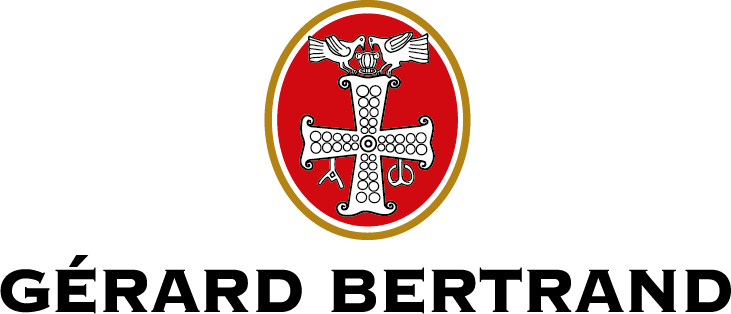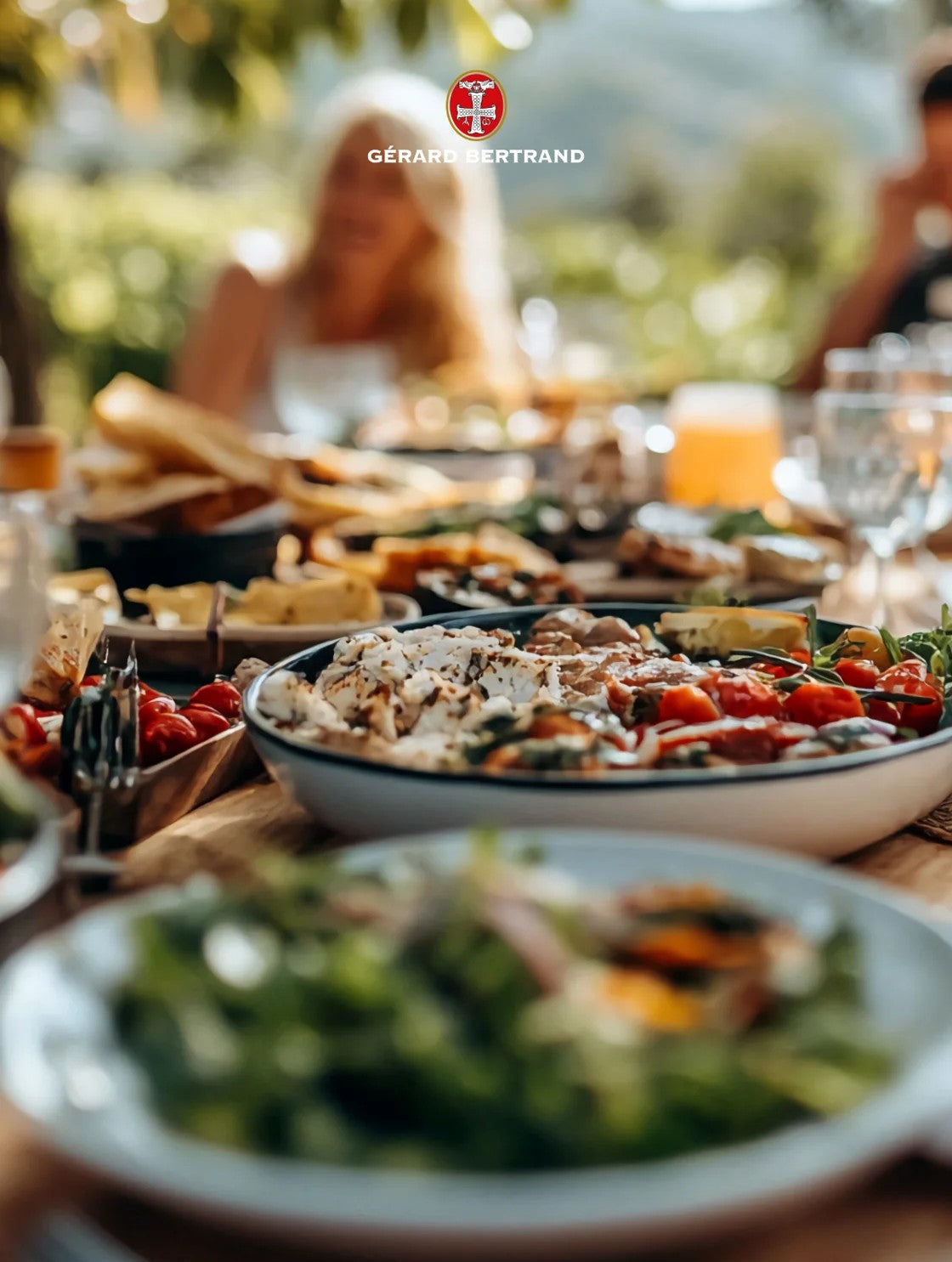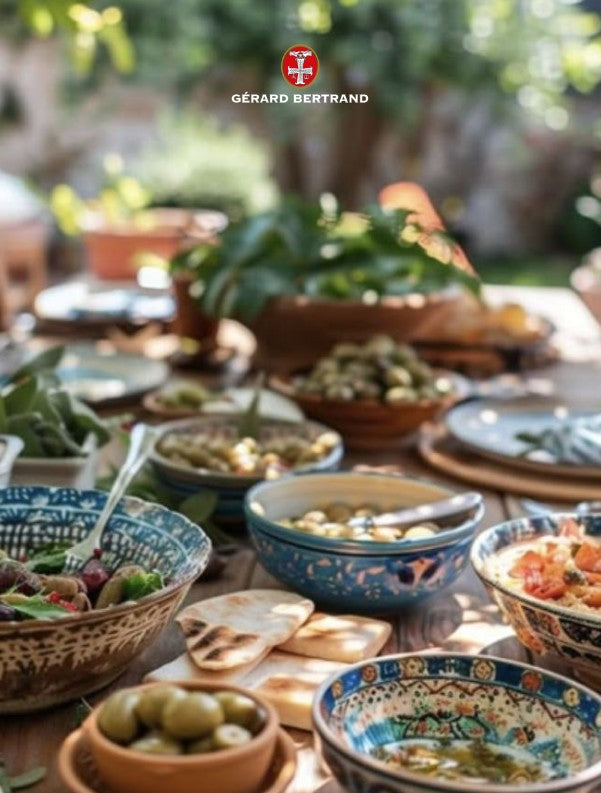The ideal wine in 4 questions
TAKE THE QUIZ



The sweet wine is a delicacy enjoyed by wine lovers the world over. This sweet, aromatic nectar has its roots in ancient winemaking traditions, where every step of the creation process is essential to achieving the desired quality and flavors.
The first crucial stage in the production of sweet wine is grape selection. The grapes used to produce sweet wine are generally varieties with a high sugar content. Among the most commonly used varieties are Muscat Riesling Gewurztraminer and Chenin Blanc. These grapes are harvested at optimum ripeness to ensure a high concentration of natural sugar, which is essential for producing a quality sweet wine.

The grapes must be carefully hand-picked to avoid any deterioration. For certain types of sweet wine, such as Sauternes or Tokaji, the vendange tardive is used. This means that the grapes are left on the vine until they are overripe, or even affected by noble rot (Botrytis cinerea). This method concentrates sugars and aromas, giving the sweet wine its unique character.
Once the grapes have been harvested, they are pressed to extract the juice. Pressing must be carried out gently to avoid extracting tannins and other undesirable compounds that could alter the taste of the sweet wine. The resulting juice is then ready for fermentation.
Fermentation is a key stage in the production sweet wine production. The process begins when the natural yeasts present on the grapes or intentionally added convert the sugars in the grape juice into alcohol. However, for sweet wine, it is crucial to stop fermentation before all the sugar has been converted into alcohol. This can be done in several ways:

After fermentation, sweet wine is often transferred to oak barrels for ageing and maturation. This stage allows the wine to develop complex aromas and gain in depth. The duration of ageing can vary according to the type of sweet wine and the winemaker's preferences. Some sweet wines can be aged for several years before bottling.

Before bottling, the sweet wine must be clarified and stabilized. The clarification process eliminates suspended particles, giving the wine a clear appearance. Various processes can be used for clarification, including filtration and fining. stabilization, on the other hand, aims to prevent the formation of crystals or deposits in the bottle. This can be achieved by cold treatment or the addition of stabilizing substances.
The final stage in the process of creating sweet wine is bottling. The wine is carefully transferred into sterilized bottles to avoid contamination. The bottles are then sealed with corks or screw caps, according to the traditions and practices of the winery.
La creation of sweet wine is a delicate art, requiring meticulous attention at every stage of the process, from vine to bottle. Grape selection, harvesting, fermentation, ageing and bottling are all crucial phases that contribute to the final quality of sweet wine. By understanding this process, wine lovers can better appreciate the subtleties and complexity of this sweet, refined nectar.
Read more :
Discover the best Gérard Bertrand wines:

20 years ago, in the heart of the South of France, between the Pyrenees and the Mediterranean, an idea matured under the Languedoc sun: to reveal a new face of rosé. A delicate, crystalline wine, with a ...
Read the article
Barbecuing has never been so trendy. Braziers, plancha grills, traditional barbecues... they're inviting themselves into the heart of our summers, sublimating simple products in a convivial atmosphere. A fire, a few...
Read the article
Tapas & wine: the Mediterranean art of living A dinner with friends, plates to share, the scent of olive oil and rosemary... and wines selected to accompany this Mediterranean cuisine...
Read the article